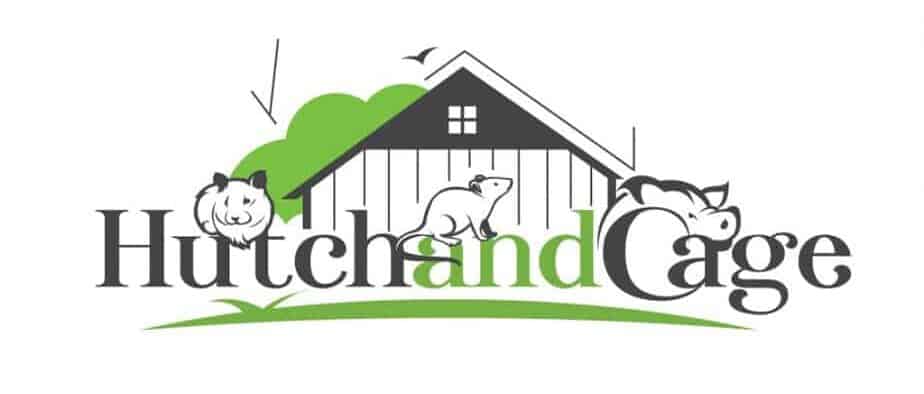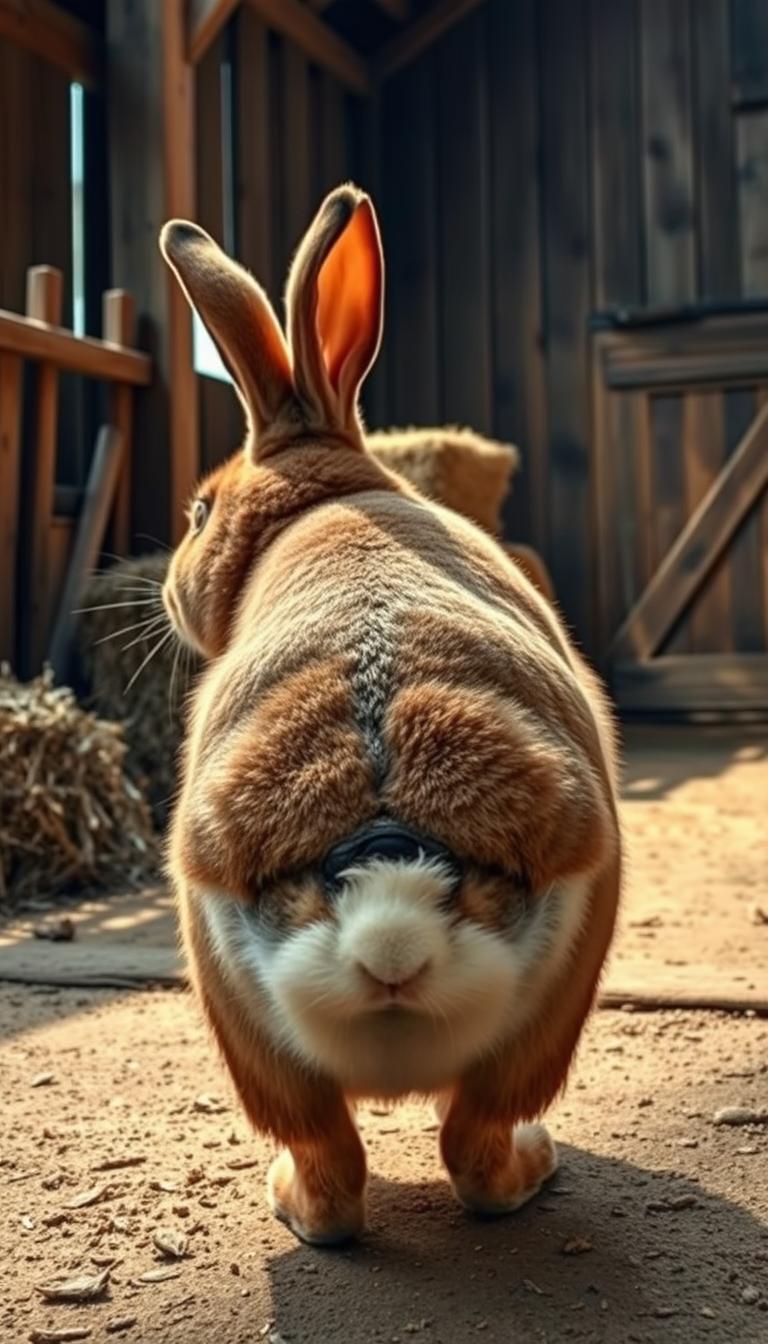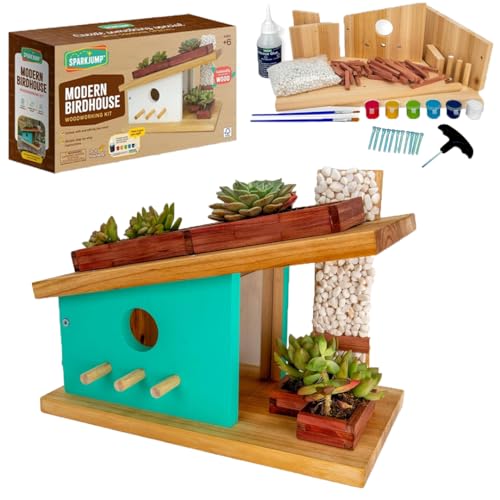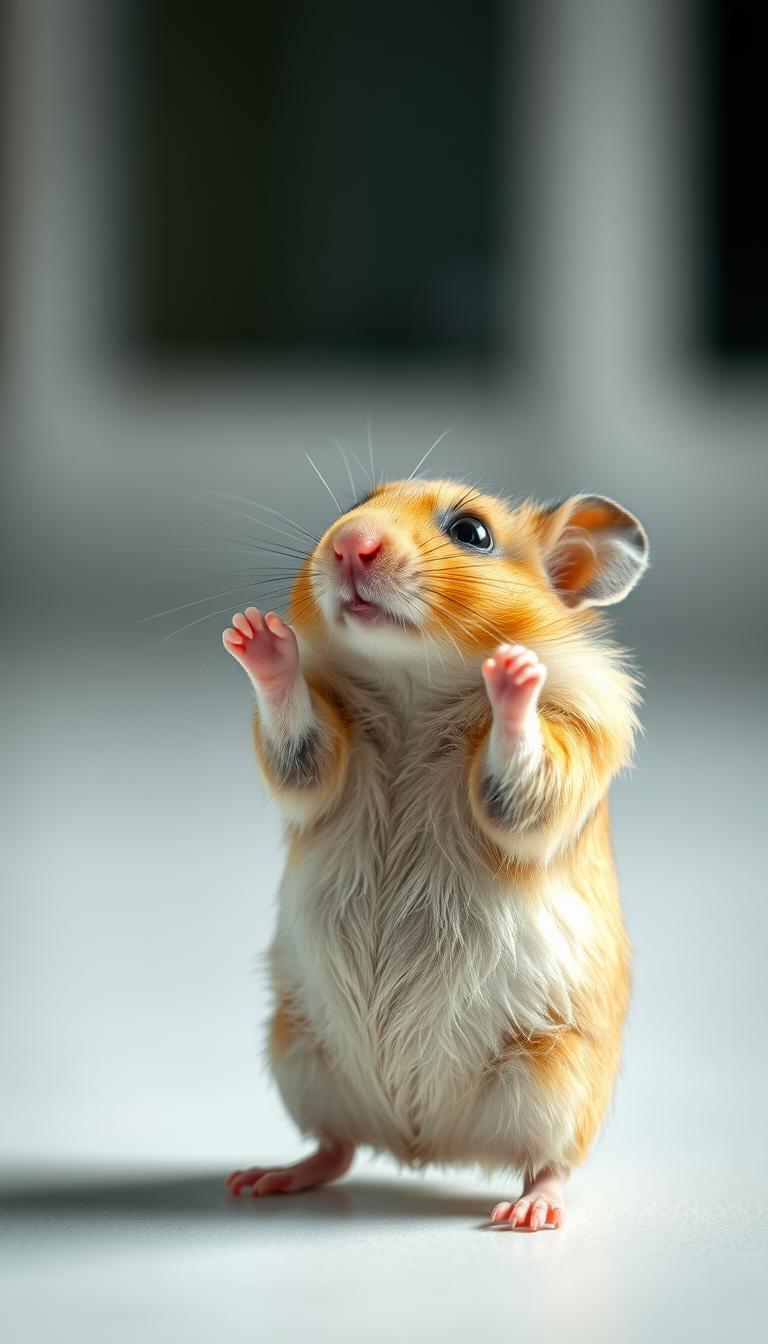When exploring livestock options for your homestead, size often grabs attention first. The largest domestic rabbit breed can tip the scales at 20 pounds, stretching over 3 feet long. Historically valued for both fur and protein, these gentle giants have roots tracing back centuries.
You might find their impressive dimensions appealing for meat production. However, modern homesteaders face trade-offs between quantity and efficiency. Unlike compact commercial breeds, larger animals require more feed and space to reach processing weight.
Your goals determine whether this breed fits your operation. Those prioritizing dual-purpose capabilities may appreciate their calm temperament and usable pelts. Families seeking occasional meat sources often favor their manageable nature over rapid-growth varieties.
Traditional farming communities once relied on these rabbits before specialized breeds dominated commercial markets. Today’s small-scale producers still value their versatility, though feed conversion rates demand careful planning. Balancing historical practicality with modern expectations helps make informed decisions for sustainable rabbitry.
Table of Contents
Understanding Flemish Giants as a Meat Rabbit Breed
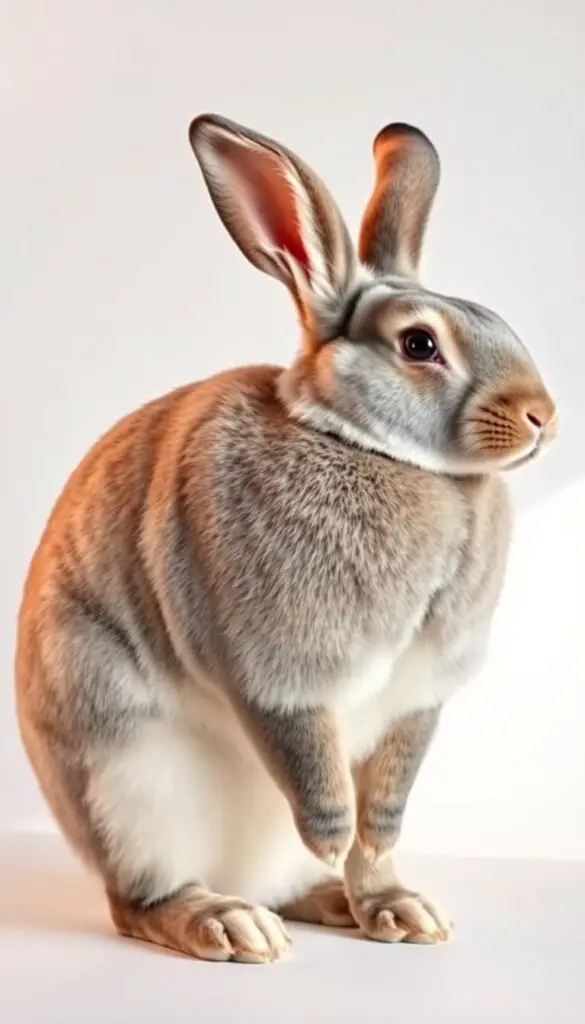
Exploring the balance between productivity and companionship reveals why some homesteaders choose versatile livestock. These large rabbits originally served as dual-purpose animals, providing both protein and pelts for European families. Historical records show they arrived in America during the 1890s, later gaining official recognition as a distinct breed in 1910.
Unlike modern commercial meat breeds bred for rapid growth, these gentle giants mature slower but offer unique advantages. Their calm temperament makes them suitable for families, while their substantial size delivers respectable yields. One rabbit historian notes:
“They represent a living bridge between small-scale farming traditions and modern sustainable practices.”
| Trait | Flemish Giant | Typical Meat Breed |
|---|---|---|
| Growth Rate | 6-9 months to maturity | 3-5 months |
| Temperament | Docile, pet-friendly | High-energy |
| Feed Efficiency | 1:4 ratio | 1:3 ratio |
While they require more space and time than specialized breeds, their multi-purpose nature appeals to those valuing sustainability. Many people find their longer lifespan allows for both occasional harvests and enjoyable interactions. This flexibility makes them particularly valuable for small farms balancing practical needs with ethical considerations.
Are Flemish Giants Good Meat Rabbits? Key Considerations
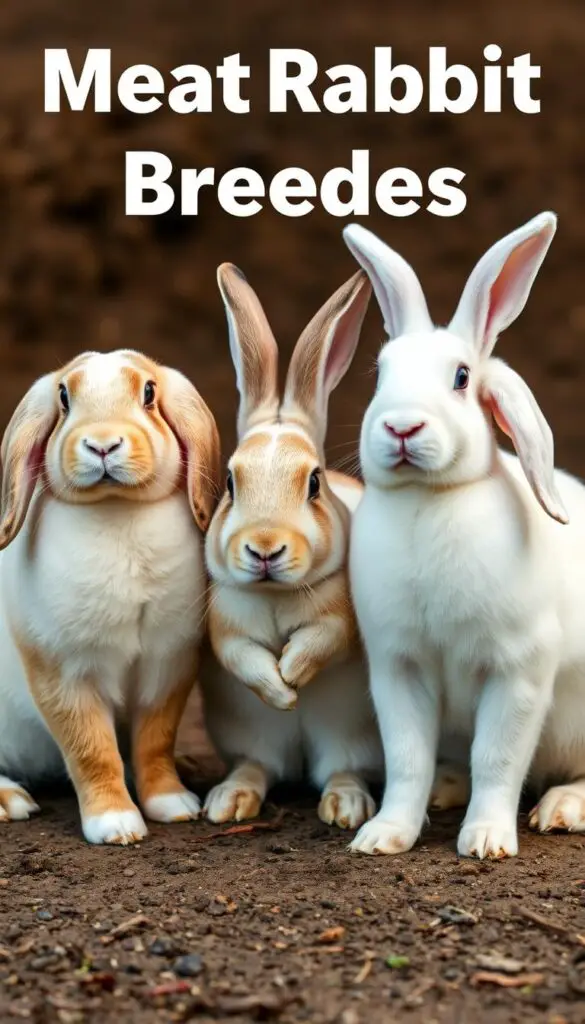
You might be surprised how little separates heritage meat rabbits from commercial varieties in practical settings. At six weeks old, kits from both Californian and Flemish stock often weigh nearly the same. This challenges the idea that specialized breeds always outperform others in small-scale setups.
Much advice about rabbits for protein production stems from industrial operations. While feed efficiency matters for massive farms, homesteaders rarely notice these micro-differences. One experienced breeder notes:
“Your management skills impact yields more than genetics ever could.”
Focusing on consistent care and proper housing often trumps chasing minor breed advantages. Hardiness matters too—some varieties handle temperature swings better than others. This resilience reduces losses and vet costs over time.
Don’t overlook dual-purpose benefits either. Pelts from larger rabbits can offset feed expenses, adding value beyond the freezer. For families wanting great meat and enjoyable animals, this versatility makes heritage breeds worth considering.
Historical Background and Origins
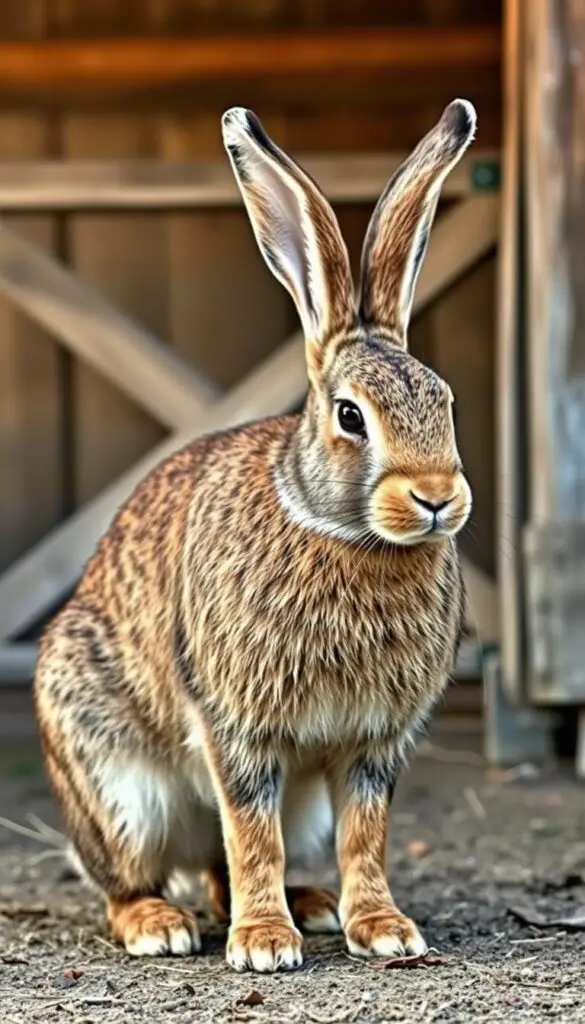
Centuries-old farming practices shaped today’s most enduring livestock breeds. The ancestors of modern large rabbits first appeared in European records during the 1500s, serving as vital resources for families needing meat-fur combos. By 1860, Belgian breeders refined these animals into the recognizable giants we know today.
Farmers valued these breeds for their dual-purpose nature. A single animal provided hearty meals and quality pelts—essential for surviving harsh winters. Their size made them ideal for crossbreeding too. Mixing with Dutch rabbits created offspring that matured faster while retaining impressive yields.
American agriculture welcomed these European imports in the 1890s. Small-scale operations quickly adopted them, recognizing their ability to thrive on simple diets. Unlike specialized meat varieties, they offered flexibility—families could harvest when needed or keep them as hardy breeding stock.
Their legacy lives on through robust genetics and efficient body structures. Modern homesteaders still benefit from that centuries-old wisdom, raising animals designed for practicality first. This historical foundation explains why they remain relevant in sustainable farming circles today.
Physical Traits and Growth Rate of Flemish Giants
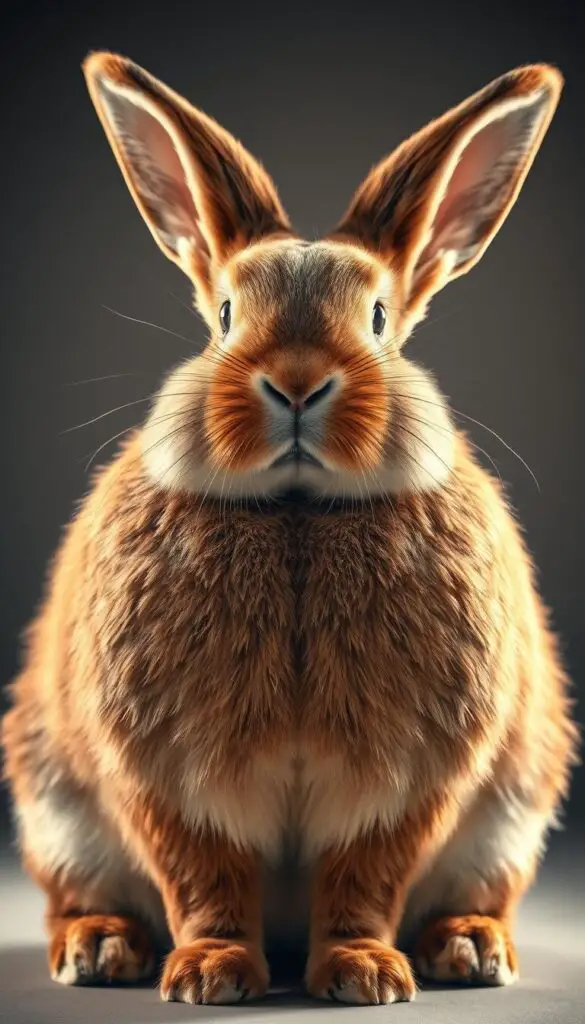
Physical characteristics often determine a breed’s practical value for homesteaders. When evaluating large rabbits for protein production, their frame and development timeline become critical factors. These gentle giants combine impressive dimensions with unique growth patterns that challenge common assumptions.
Size and Body Structure
Mature adults often reach 15-20 pounds, with stretched lengths rivaling small dogs. Their body type features broad hindquarters and muscular legs—key areas for meat accumulation. The semi-arched back supports this substantial frame while maintaining balanced proportions.
Growth Timeline and Average Weights
Young fryers weigh similarly to medium breeds at 7-9 weeks, surprising many first-time raisers. Full maturity takes 9-12 months, but patience rewards you with nearly double the meat yield of compact varieties. Weekly weight gains remain steady rather than explosive.
| Growth Stage | Flemish Giant | Medium Breed |
|---|---|---|
| 7 Weeks | 4-5 pounds | 4-5 pounds |
| 6 Months | 12-14 pounds | 8-10 pounds |
| Adult | 15-20 pounds | 9-11 pounds |
Space requirements scale with their size. You’ll need cages 30% larger than standard rabbit housing to accommodate their full body length. Proper room allows for healthy muscle development and prevents stress-related issues.
Evaluating Meat Quality and Yield
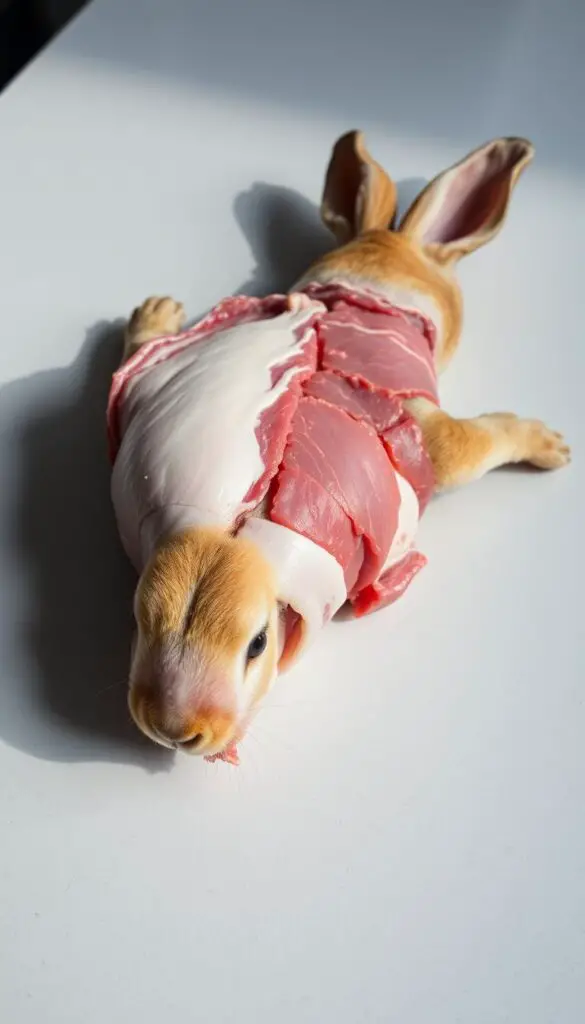
The true measure of a meat animal lies in its yield and table quality. When assessing protein sources, focus on two critical areas: hindquarter development and loin structure. Rabbit meat concentrates in these regions, making physical evaluation essential before processing.
Run your hands along the animal’s rear thighs to check for dense muscle development. Well-fed specimens feel firm yet springy under pressure. As one homesteader observed:
“First-time processors always gasp when they see how much white meat comes off the hind legs.”
Compare meat distribution across breeds using this guide:
| Trait | Heritage Breed | Commercial Meat Breed |
|---|---|---|
| Hind Leg Meat % | 38-42% | 35-38% |
| Loin Meat % | 18-22% | 15-18% |
| Bone Structure | Heavier frame | Lightweight |
| Flavor Profile | Mild, tender | Similar texture |
While bone mass appears higher in larger breeds, muscle-to-bone ratios often balance out. The body type delivers plenty meat across shoulders and ribs too. Families report getting 3-4 more meals per animal compared to standard sizes.
Texture remains consistent with other varieties—lean and versatile for cooking. Those prioritizing great meat quantities appreciate the extra portions without sacrificing taste. Your freezer space will thank you after processing just a few of these substantial animals.
Comparing Flemish Giants with Other Commercial Meat Breeds
In the realm of protein-focused livestock, breed comparisons reveal critical efficiency trade-offs. New Zealand Whites dominate commercial operations for good reason—they convert feed to muscle rapidly, hitting 9-12 pounds in 10 weeks. Their compact frames yield lean cuts favored by large-scale producers.
Efficiency Champions: New Zealand Whites
These snowy-coated rabbits thrive in intensive systems. You’ll appreciate their 1:3 feed-to-meat ratio, which outperforms larger breeds. Their consistent growth makes them ideal for regular harvest cycles.
Blocky Builders: Californian Contenders
Developed specifically for meat production, Californians boast broad shoulders and thick loins. Their distinctive black-nosed appearance signals a genetic focus on maximum yield. You get dense muscle mass without excessive bone structure.
While long-haired rabbit breeds serve niche markets, medium-sized varieties like Silver Foxes balance practicality with decent outputs. The American rabbit offers similar versatility, though smaller than giants. For pure productivity, commercial meat breeds outpace larger counterparts in growth speed.
Your choice hinges on priorities. Those valuing quantity per square foot lean toward compact breeds. Homesteaders wanting occasional bulk harvests might prefer substantial yields from fewer animals. Either way, understanding these differences helps optimize your setup.
